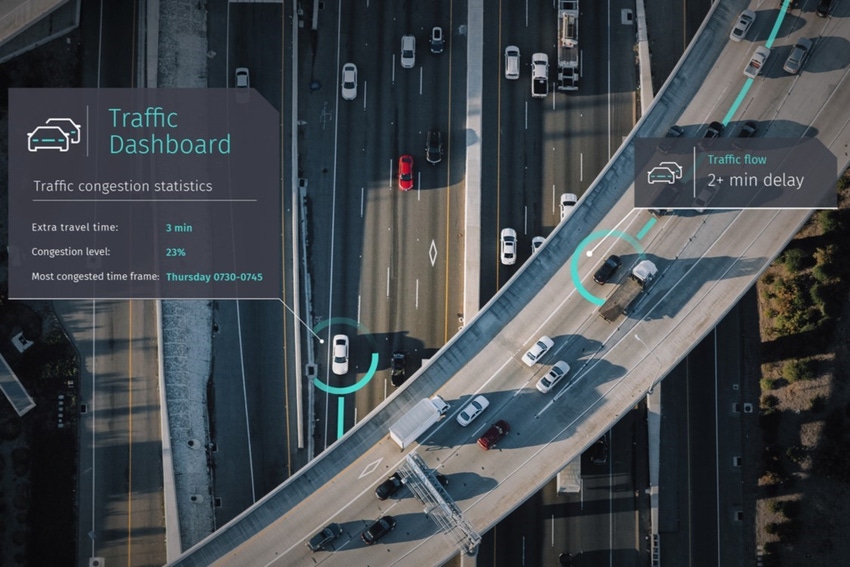Digital mapping company Here has launched a new product designed to let users plan their urban journeys based on real-time traffic congestion information.
September 17, 2018

Digital mapping company Here has launched a new product designed to let users plan their urban journeys based on real-time traffic congestion information.
It’s called Traffic Dashboard and it not only reports existing congestion and traffic incidents, but anticipated ones too. It has been launched ahead of ITS World Congress and, to be honest, it looks like a bit of a gimmick to generate some coverage and little more, so job done there then,
“Nobody likes to be in traffic,” informed Helmuth Ritzer, VP of Connected Vehicle Services at Here. “But nobody alone can solve the problems it causes. For this we need more collaboration between the public and the private sectors to offer better services. With the Here Traffic Dashboard we provide insights into the vast amount of traffic information – from real-time to historical traffic data to sophisticated traffic analytics – that we can provide drivers, cities and businesses for more informed decision making.”
Here was once known as Navteq until Nokia bought it for $8 billion back in 2007 because it figured mapping would be quite important for smartphones. It wasn’t wrong but the ubiquity of Android and Google Maps scuppered that bight idea and it ended up flogging its mapping business to a consortium of German car makers for just $3 billion. You can check out the Dashboard below.
Elsewhere in the car tech world Qualcomm has announced the latest product of its relationship with China Mobile. This took the form of some LTE-V2X roadside units that are designed to help with safety, traffic, autonomous driving and that sort of thing. It uses the 5.9 GHz band and is compliant with the appropriate 3GPP standards for vehicle IoT.
“With the prosperity of ITS, connected vehicles demand communication with lower latency, higher reliability and wider bandwidth,” said Chenguang Wei, Deputy GM of China Mobile Research Institute. “We are pleased to see the RSUs that were developed with CMIoT deployed as a part of a pilot project in Wuxi, Jiangsu Province, and are looking forward in to continuing to work with CMIoT and Qualcomm Technologies to help drive the maturity of the technology in the industry and in China.”
About the Author(s)
You May Also Like








.png?width=300&auto=webp&quality=80&disable=upscale)


_1.jpg?width=300&auto=webp&quality=80&disable=upscale)


.png?width=800&auto=webp&quality=80&disable=upscale)